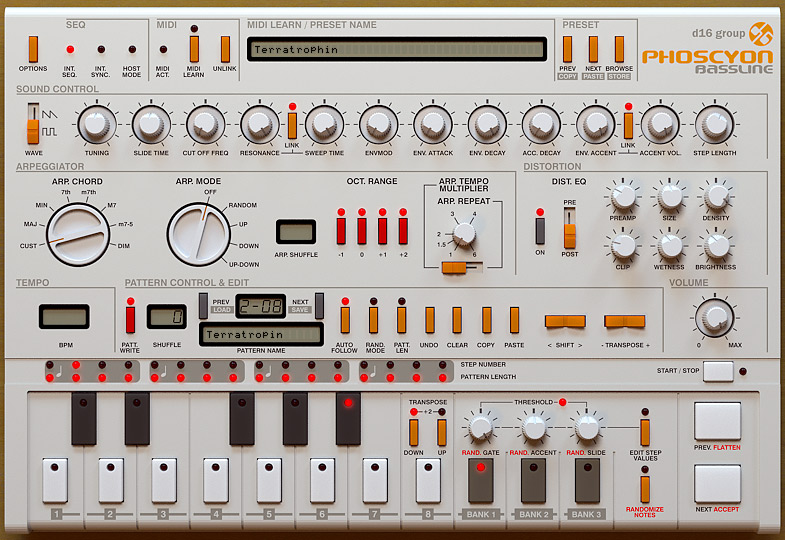
Sausage Fattener is a simple plugin featuring just two knobs: Fatness, which does exactly what it says on the tin and adds major weight to anything you apply it to and Colour, which adds a touch of brightness to the overall sound. I’ve experimented with a number of different plugins, but I use some more than others. Learn to make awesome TB-303 Bassline style synth tracks today with “D16 Phoscyon Explained®”.Although I am looking to purchase some physical outboard gear in the coming months, much of my production work so far has featured lots of VST plugins. If you're new to using Phoscyon, or just want to see if it's right for you, this series of tutorial videos will help you use and program Phoscyon. To see what each tutorial in this series shows you and how it can help you learn Phoscyon and enjoy your realistic Roland TB-303 experience, see the individual D16 Phoscyon tutorial descriptions on this page. Throughout the rest of the D16 Phoscyon videos you'll learn all about using and editing the powerful built-in Arpeggiator, Distortion Section for beefing up your 303 tones, randomizing attributes to create new sequences, and make an actual sequence from scratch and more! Using External Mode and the Sound Control Section is then shown, followed by how to play back patterns in Internal Mode, including how to edit and chain patterns together to create a song.

Phoscyon preset management is next, and you'll learn all the important D16 Phoscyon basics, such as navigating, saving, re-naming and loading Phoscyon presets. Starting at the beginning, Larry reveals the D16 Phoscyon graphical user interface, all of its features, and how to navigate it. These D16 Phoscyon Videos are designed for the new Phoscyon user, as well as for those who want more information on this powerful Phoscyon TB-303 Bassline emulator. Larry Holcombe serves up a detailed series of D16 Phoscyon tutorials! Learn D16 Phoscyon, and how to use it to make realistic Roland TB-303 tracks.


 0 kommentar(er)
0 kommentar(er)
